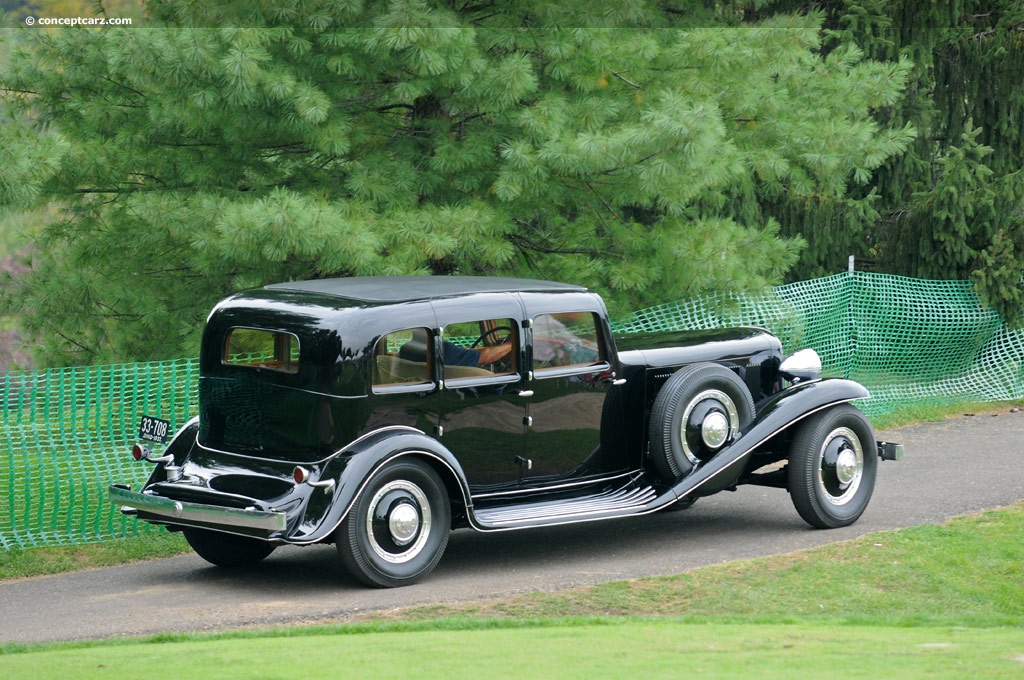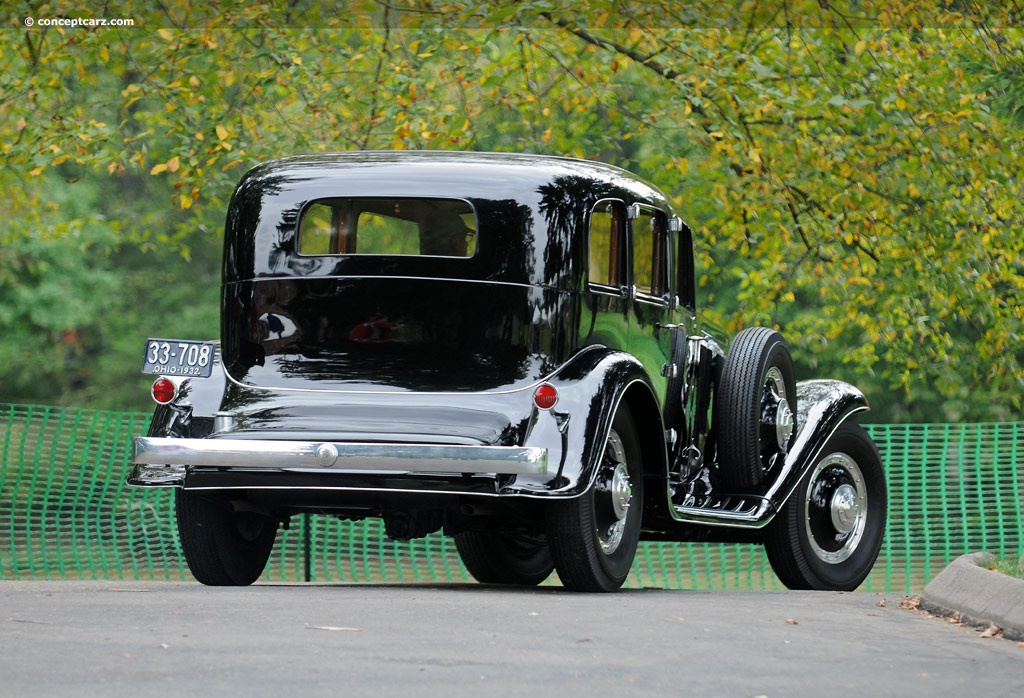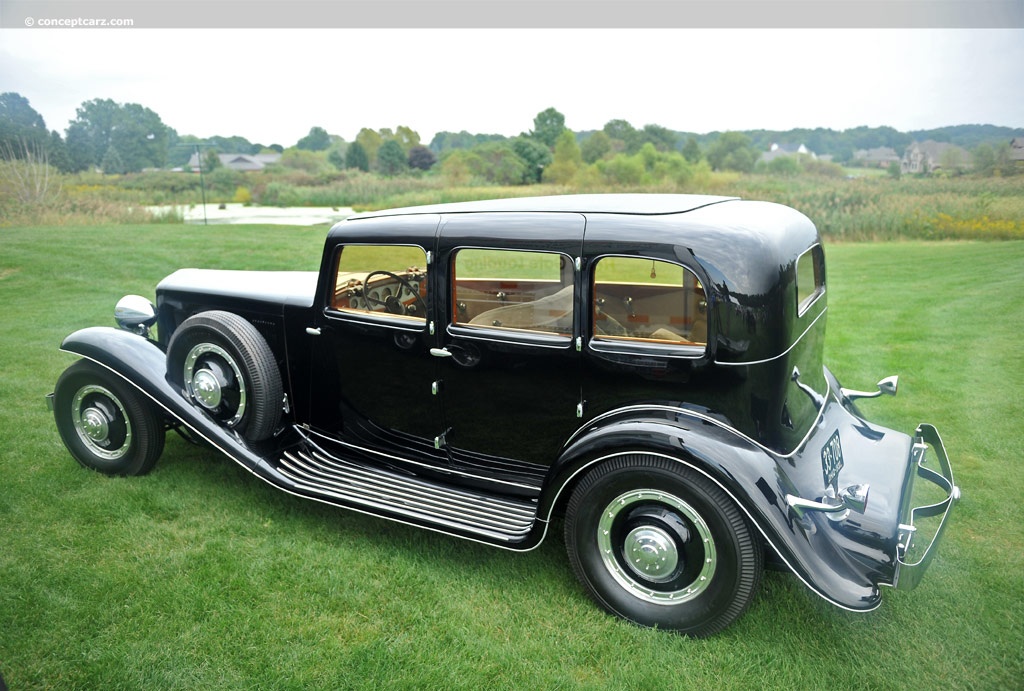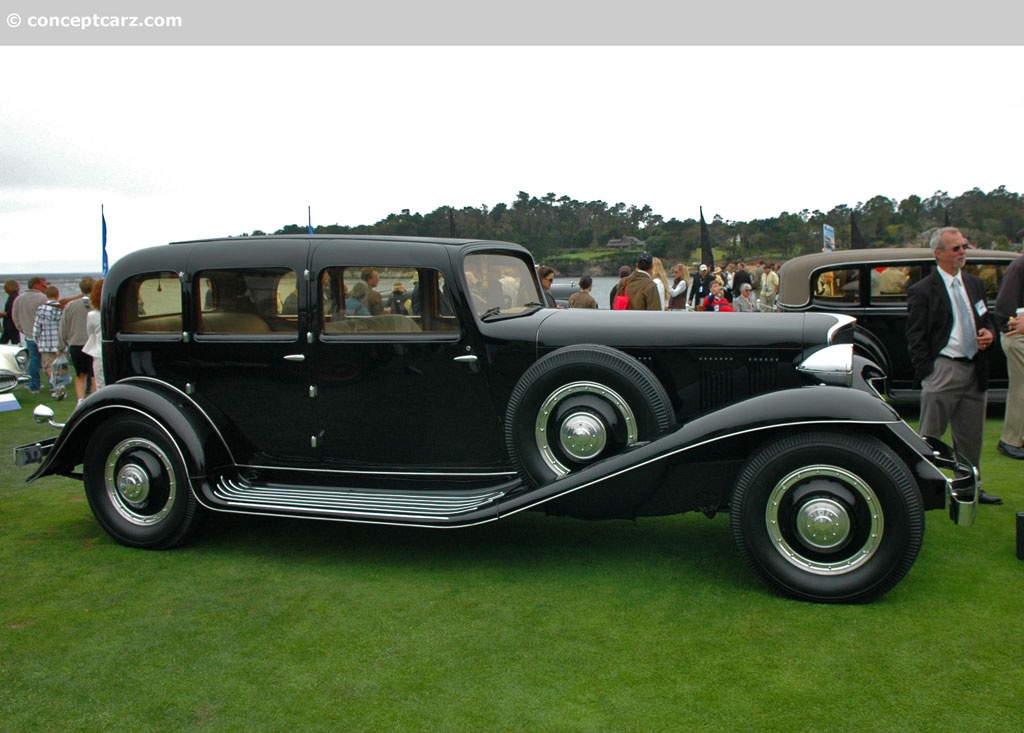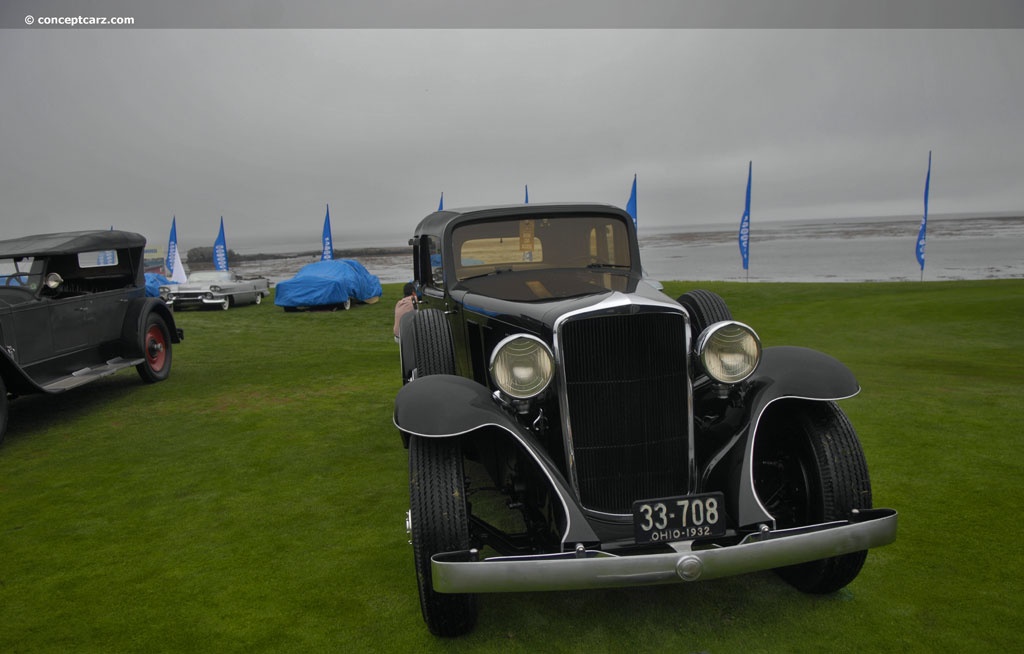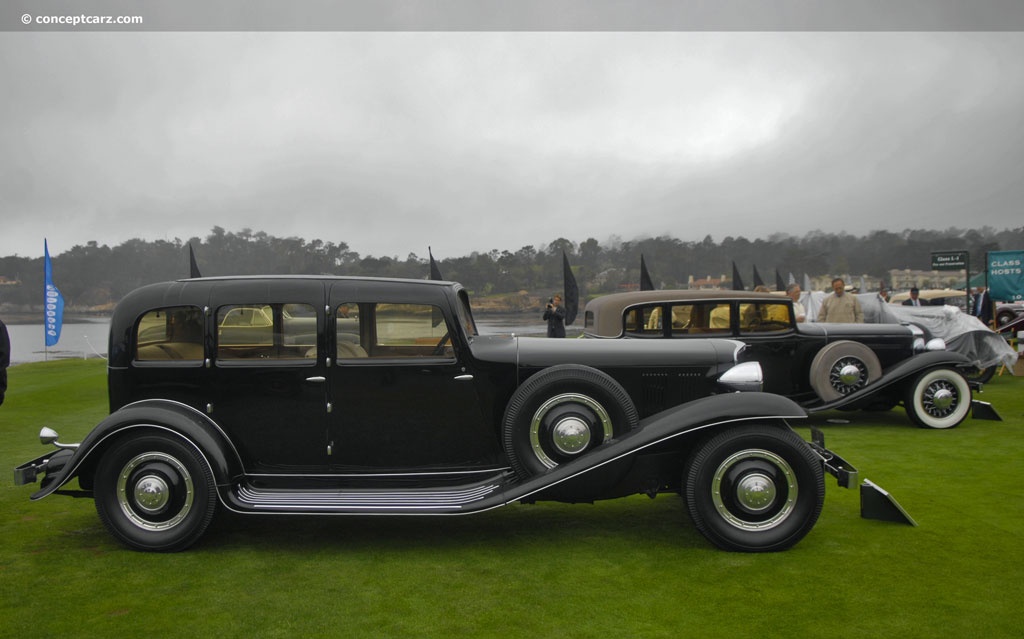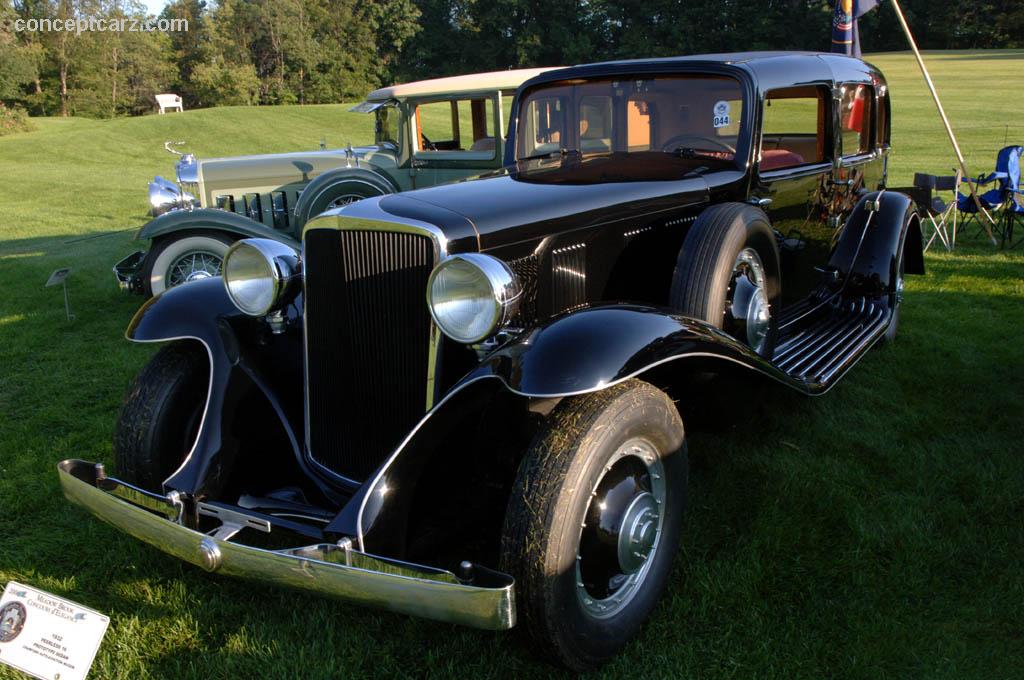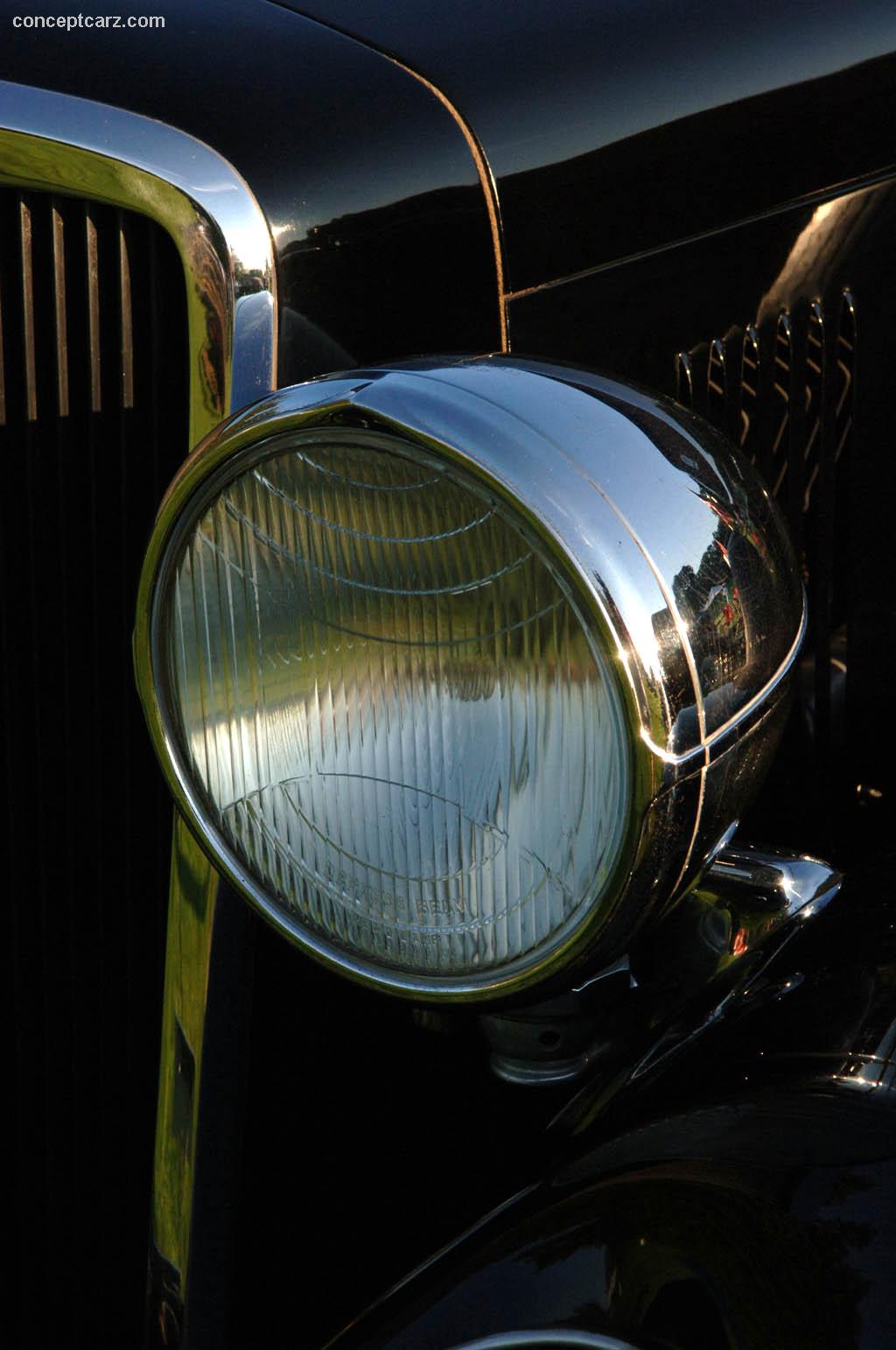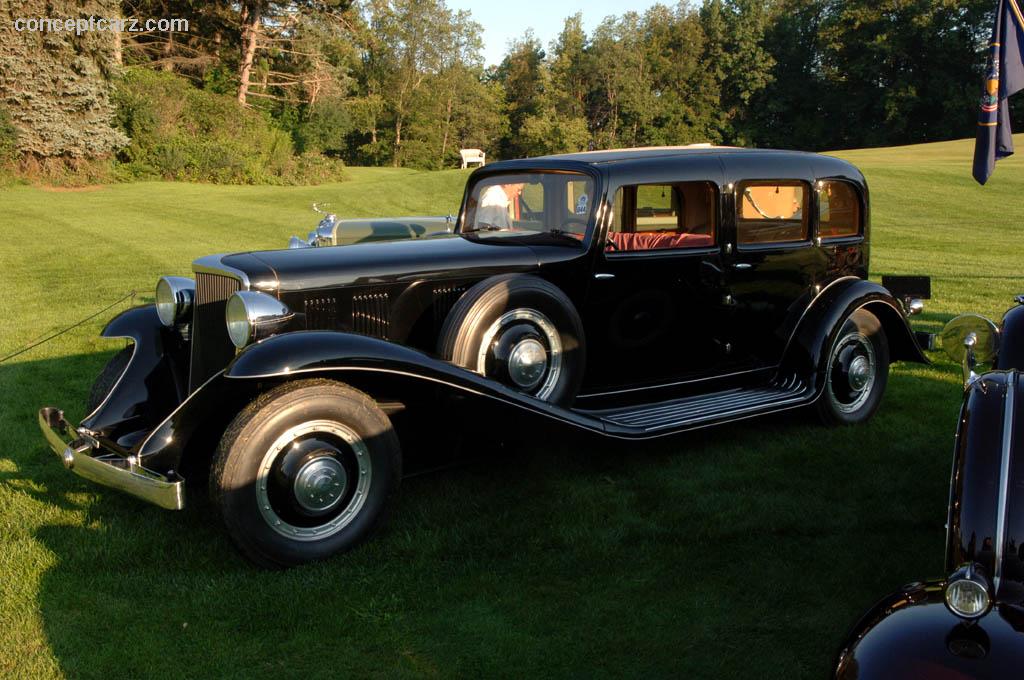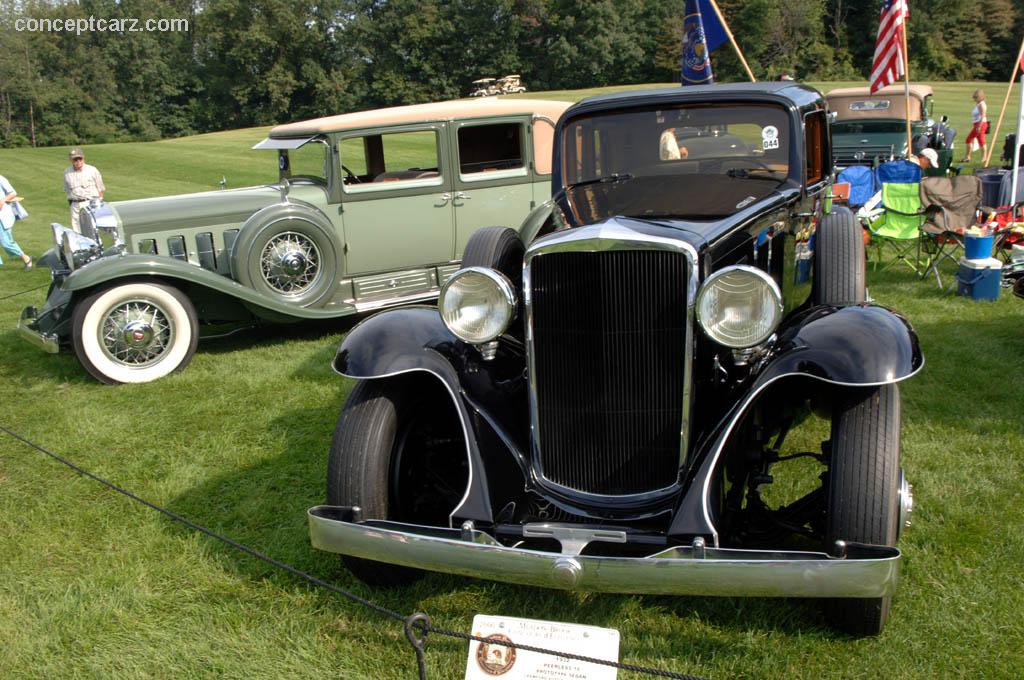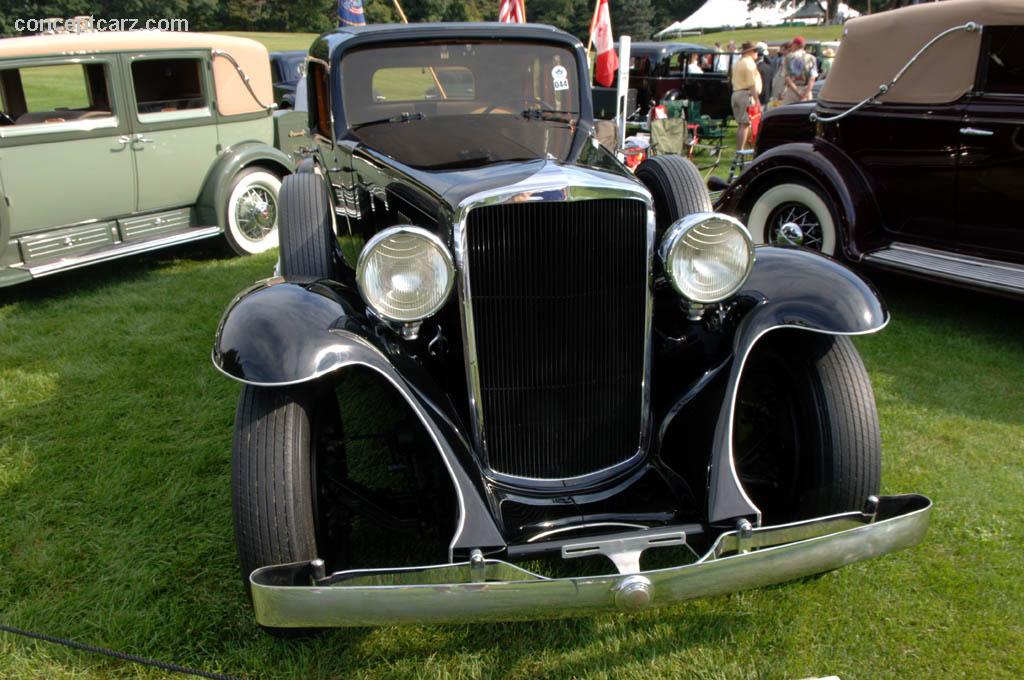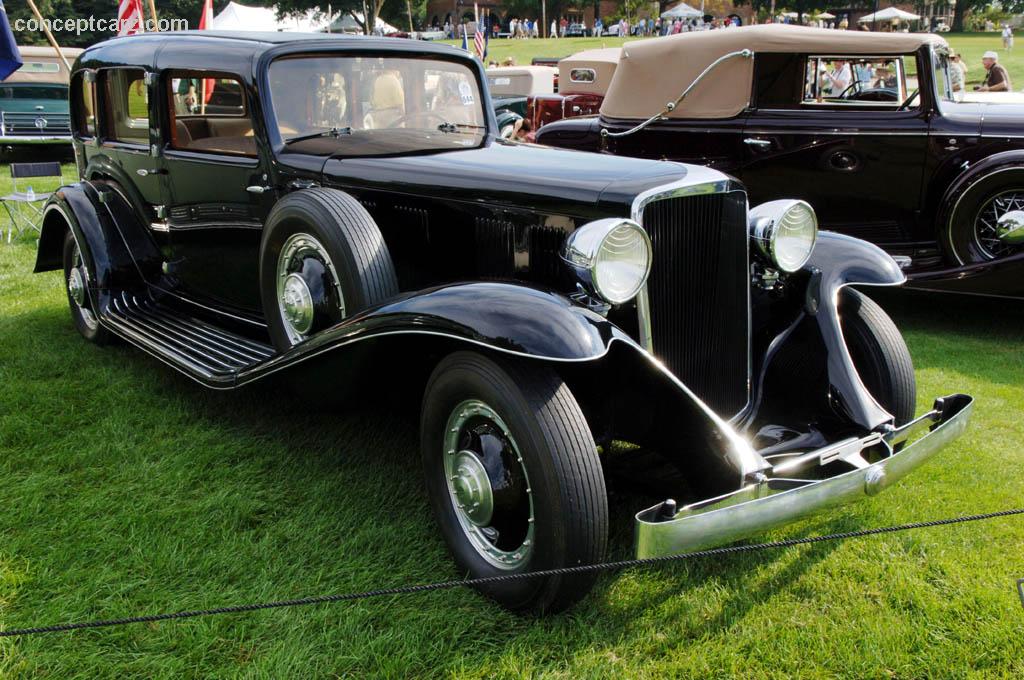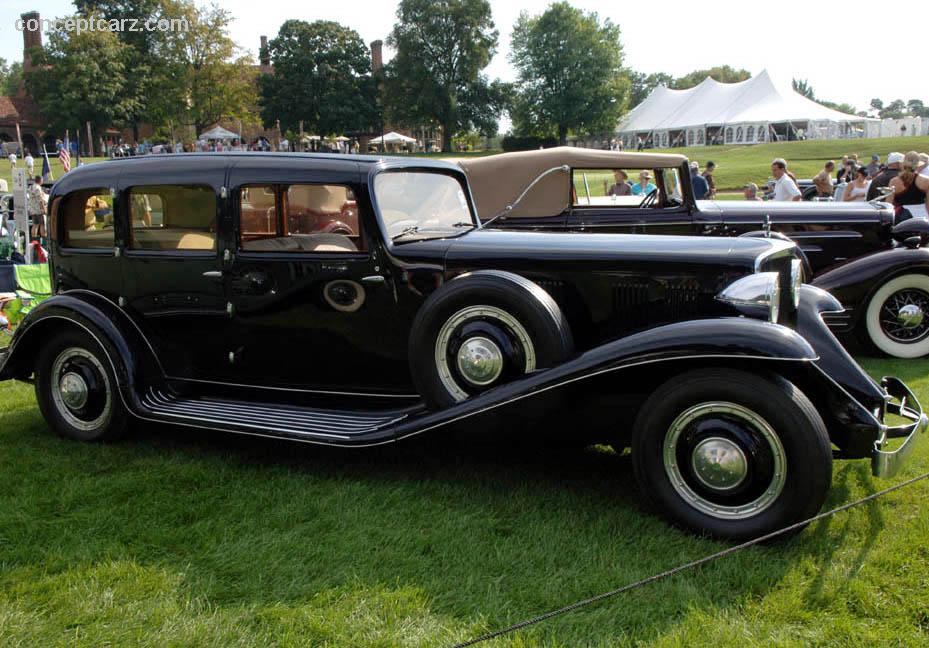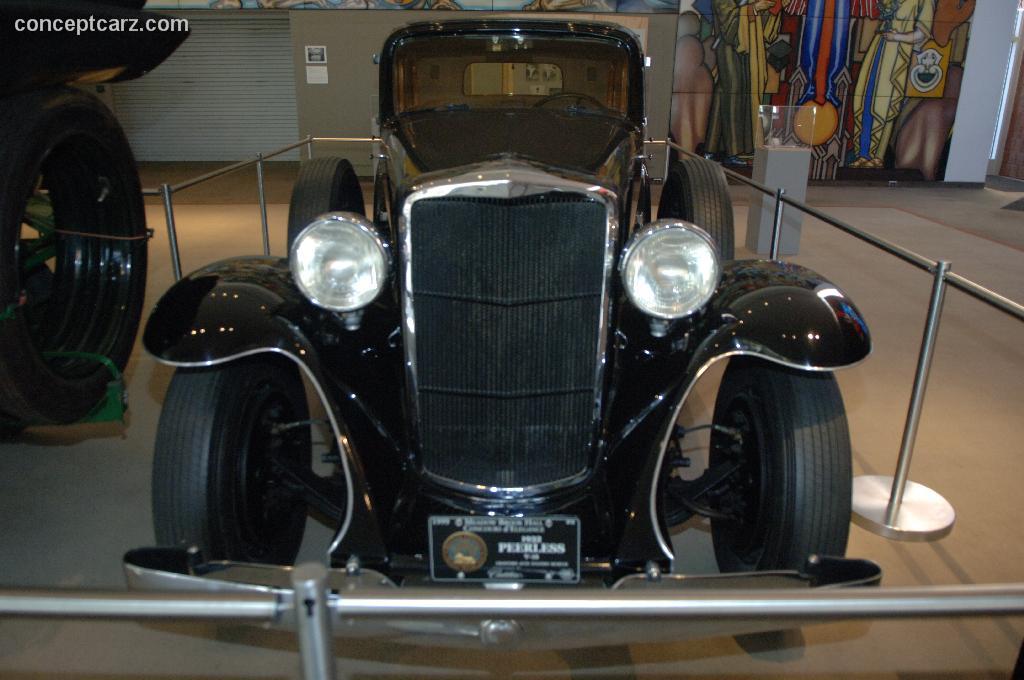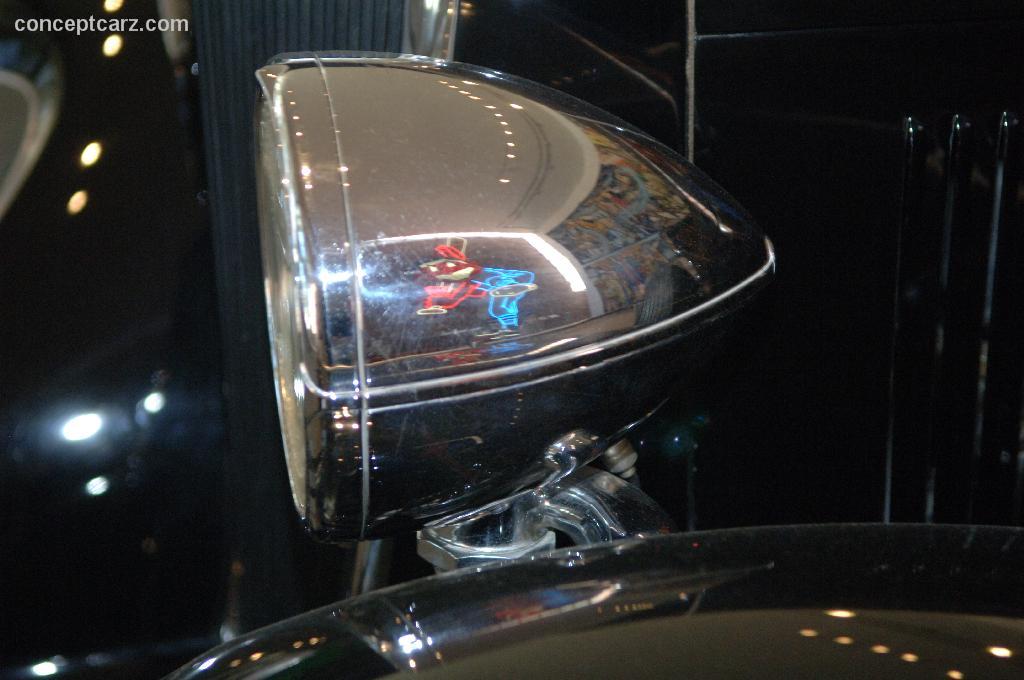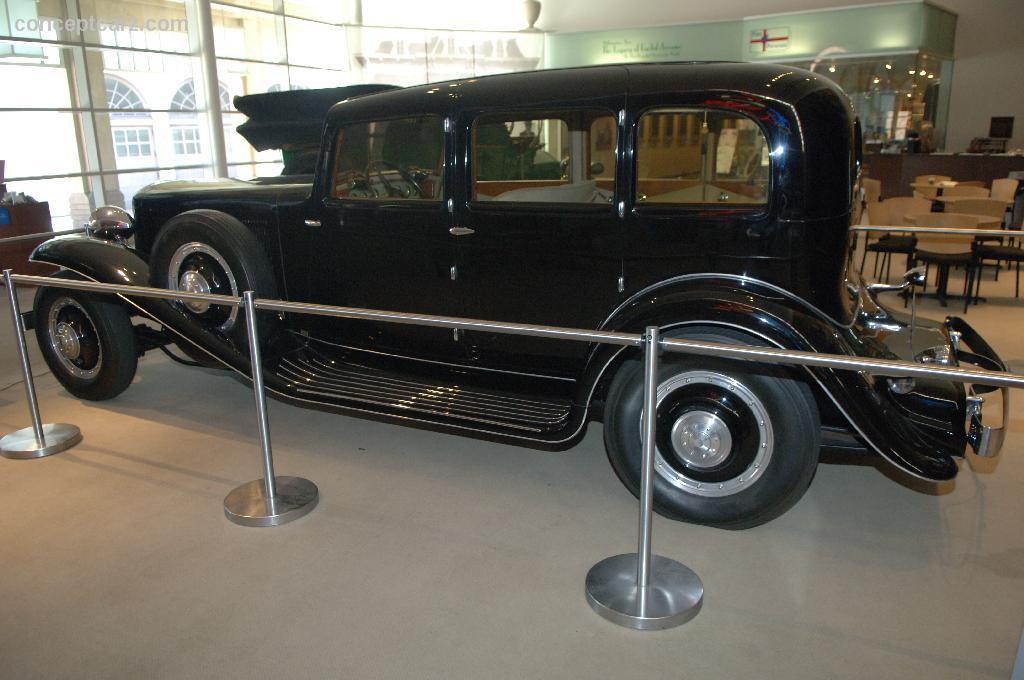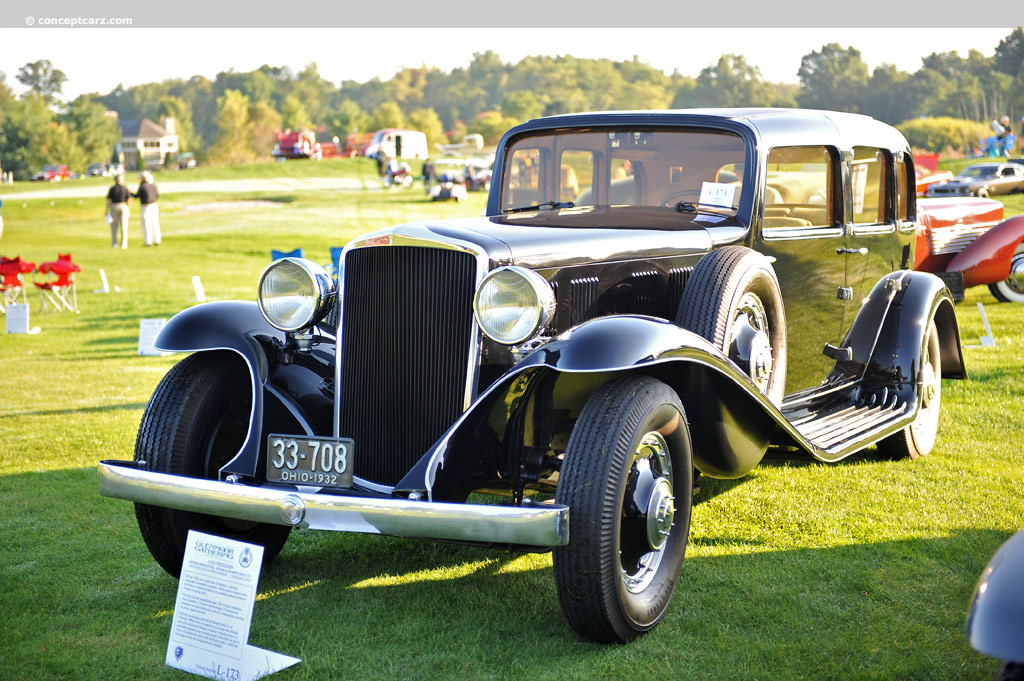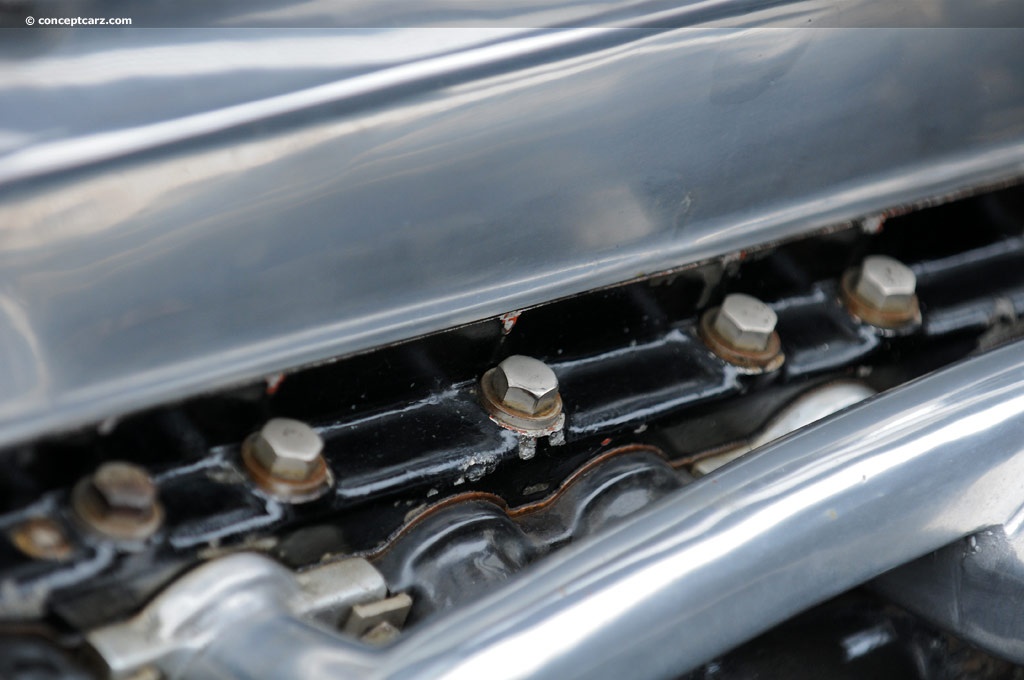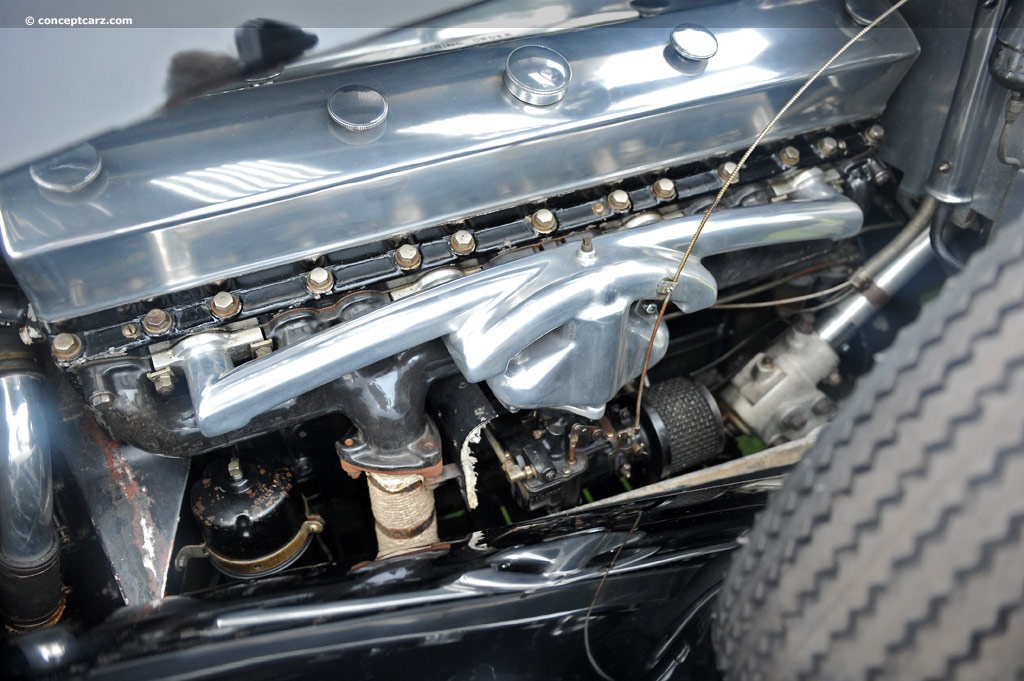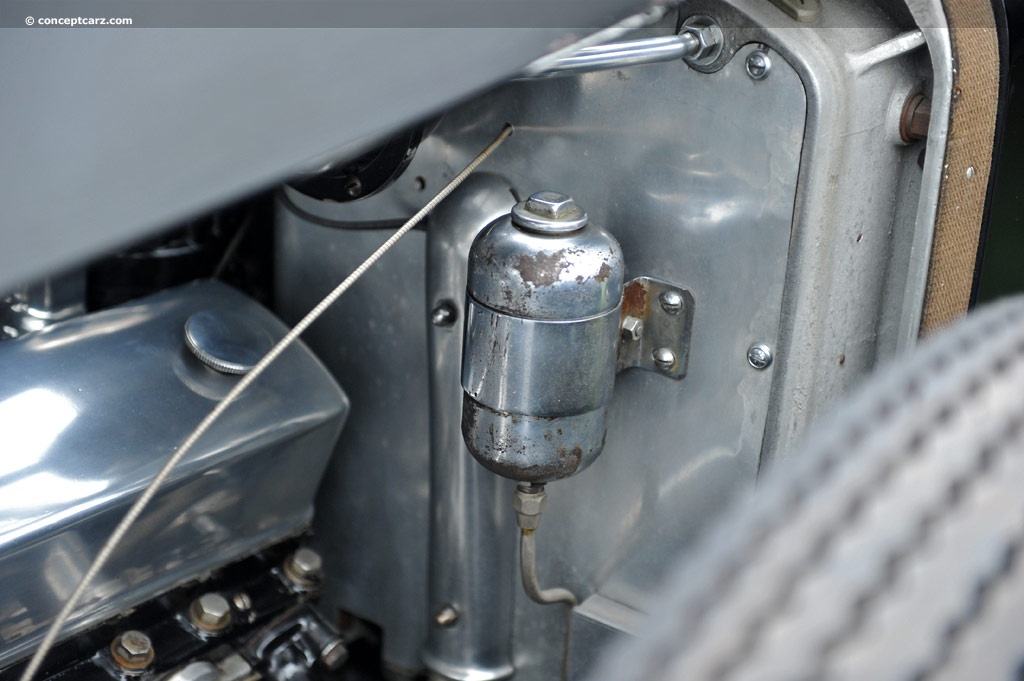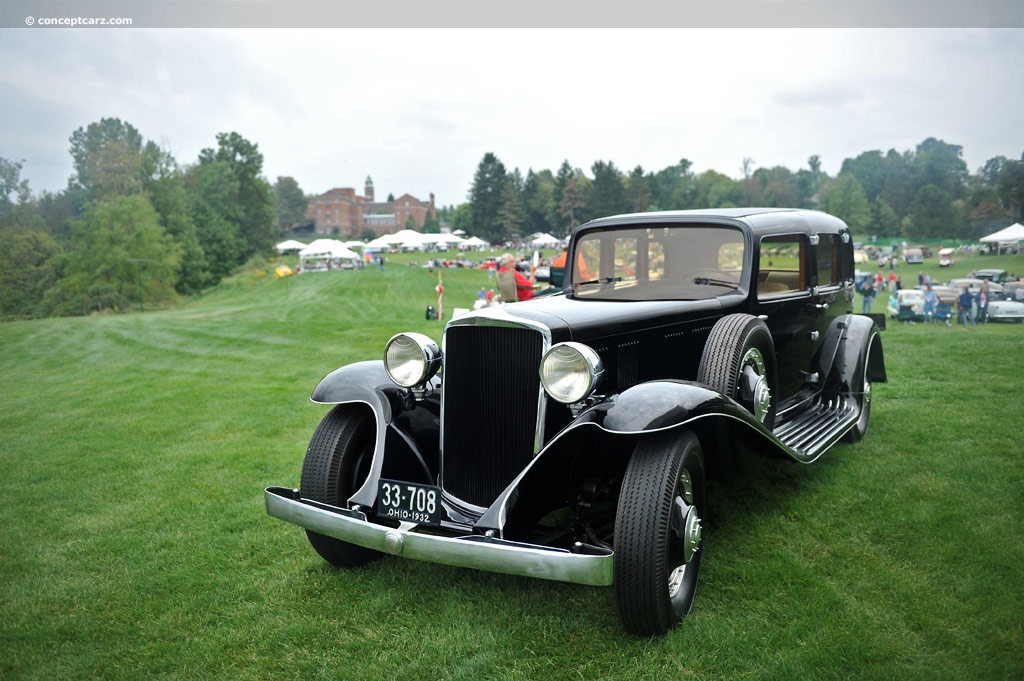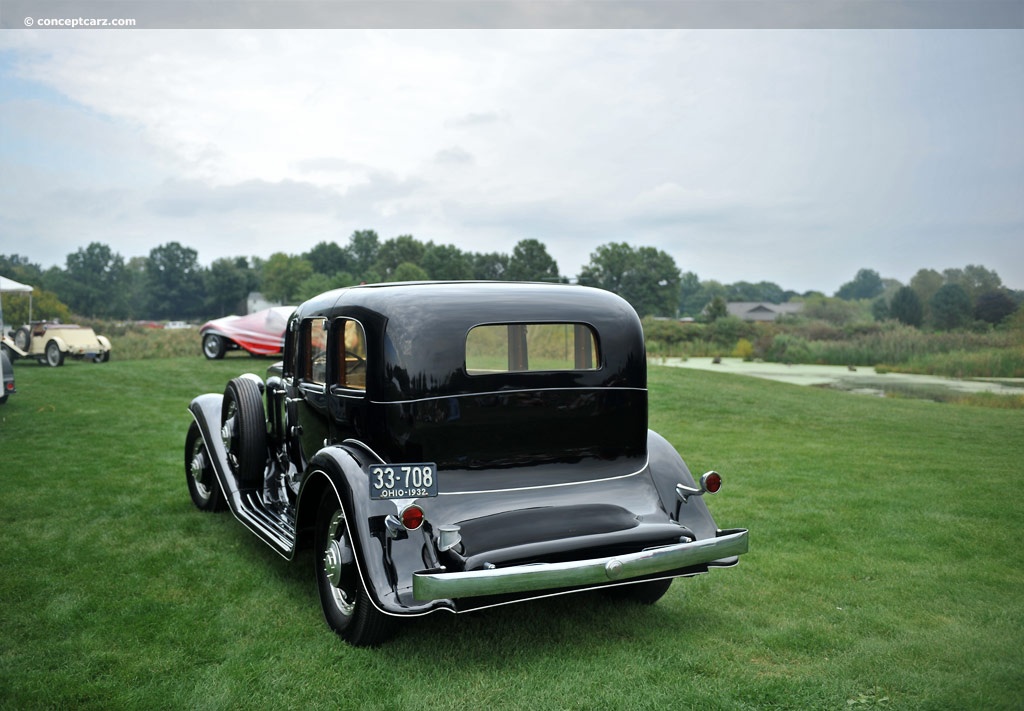Peerless was an American automobile produced by the Peerless Motor Company of Cleveland, Ohio. The company was known for building high-quality, precision luxury automobiles.
Established in Cleveland in 1900, Peerless Motors began producing De Dion ‘machines’ under license from the French Company. At the time, Cleveland was the thriving center of automotive production in the United States. Peerless employed Barney Oldfield as a driver of its Green Dragon racecar; in early speed races, Peerless proved the durability of the product and set world speed records.
As the Peerless evolved, it along with makes Packard and Pierce-Arrow, became known as the ‘Three-P’s’ of premium vehicles in the United States.
Peerless’ downfall was in its quality. In the 1920s, the company was producing conservatively styled vehicles that would last for ten or more years. Current Peerless owners held onto their cars, which ran very well; new buyers of luxury cars were attracted to LaSalle, Packard, and the Studebaker President series. The Great Depression made it difficult for many to afford these high-priced vehicles. The small group of individuals who could afford one slowly diminished and the competition from other builders decreased the number of potential buyers.
This example shown here represents a valiant attempt by James Bohannon, the president of the company, to create a technically advanced vehicle with superb styling that could revitalize sales. The body is constructed of aluminum which was provided by ALCOA. The engine is a massive 464.6 cubic-inch V-16 engine capable of producing nearly 175 horsepower. Peerless was one of the few marques to ever use a 16-cylinder engine in one of their automobiles and joined the ranks of Cadillac and Marmon. The coachwork was the result of the famous builder, Murphy. The main designer on the project was 22-year-old Franklin Hershey. The result was a four-door, five-passenger sedan sitting atop a 145-inch wheelbase. Designs in other body styles, such as coupe, roadster, and convertible were also created giving Bohannon a selection to choose from.
Four chassis were driven to Murphy’s Pasadena, California facilities to be bodied. Two of the vehicle had aluminum frames, one had a V-12 engine, and three were given the 16-cylinder power plant. The large roof of the vehicle allowed for easy access in and out of the vehicle.
Unfortunately, production was halted before the coupe versions could be completed. The decision was made to switch to beer production. The Peerless Sedan would be the final vehicle produced by the company.
